
We all want to do as much as possible to make sure our family has a happy and healthy life. To do this, we try to refrain from using items and materials that might harm them, whether it's a dangerous toy or a table with sharp corners, but while we choose healthy foods and safe activities, we unwittingly fill our home with products that may increase the risk of cancer and other health problems. This is why it is important that you familiarize yourself with the following 11 carcinogenic items that are present in most homes.
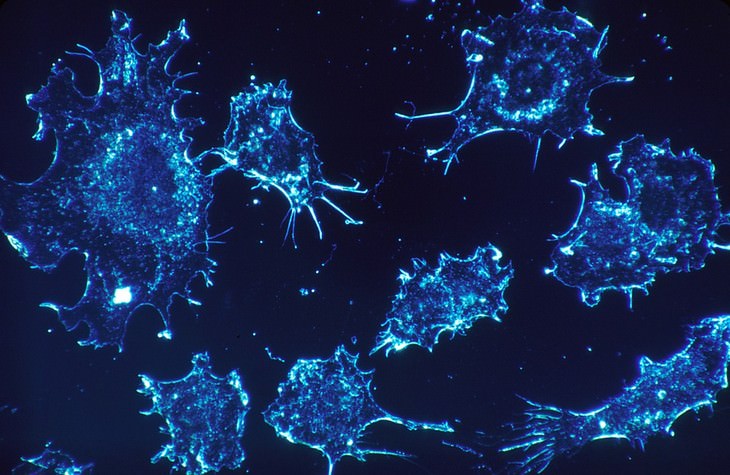
According to a report released by the US Natural Resources Defense Council, many of the air fresheners used in our homes on a regular basis contain compounds that can cause us harm and even cancer. The vast majority of air fresheners, even those labeled "natural", contain a group of chemicals called phthalates, the most common being DEHP, DIDP and DINP. As part of the National Toxicology Program in the United States, it was reported that DEHP is a substance that may be carcinogenic to humans and that these chemicals may adversely affect brain development and sexual development.
It's important to note that the most at risk are infants, pregnant women, and chronic patients. Since household air fresheners are very simple to prepare, there is no reason why you should continue to use products that contain hazardous substances that may harm your health. Use this wonderful guide to make natural home air fresheners, and enjoy your favorite comforting and pleasant smells without harming yourself.

You’ve probably already heard about polyvinyl chloride polymer, also known as PVC because it's the third most common type of plastic. Although this type of plastic may be fine for some uses, such as in sewage pipes, it can be dangerous if we are exposed to it around the house. Shower curtains contain PVC and other toxic compounds that may be released while you shower.
These toxins can affect the reproductive and respiratory system and can cause cancer. This is why it’s important to check what your bathroom curtain is made of, and if it contains this dangerous plastic, you should choose healthy alternatives such as natural cotton or curtains that contain EVA. Also, don’t hesitate to check your children's plastic toys and plastic containers in your home to make sure they don’t contain PVC.
First of all, it's important that you familiarize yourself with the symbols that adorn various plastic containers, toys and other products made of plastic. Once you know the different types of plastics, it should be noted that none of them are recommended for microwave heating. In fact, plastic containers labeled "microwave safe" just mean that they won’t melt while being heated. Keep in mind that heating plastic increases the potential for the penetration of chemicals into the food you eat!

If you use detergents to clean clothes stains or your carpets it's important to make sure that they don't contain Trichloroethane or Naphthalene. If you do find them on the ingredients list, you should stop using the product as both contribute to an increased risk of lung or throat cancer. If you encounter a stubborn stain on your favorite carpet, you can easily remove it with baking soda. All you have to do is sprinkle a little baking soda on the carpet, allow the stain to be absorbed and finally clean with a vacuum cleaner.
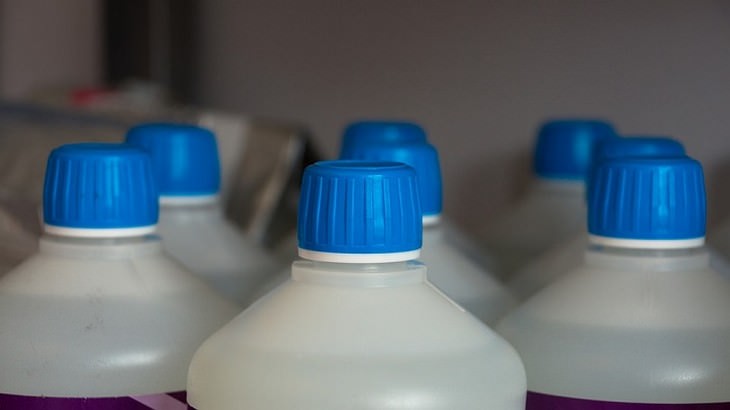
According to the American Cancer Society, a dangerous substance that’s hidden in your closet is trichloroethylene, a chemical that may stick to clothes and items that have been dry cleaned. Inhalation of this transparent liquid vapor can damage the central nervous system, with symptoms similar to those of alcohol poisoning including headaches, dizziness, and confusion to the point of loss of consciousness and death.
In addition to this, the substance is suspected to be carcinogenic. Therefore, the next time you give your clothes to the dry cleaners, don’t forget to make sure that they don’t use detergents containing trichloroethylene or other chemicals that could unknowingly endanger your health.
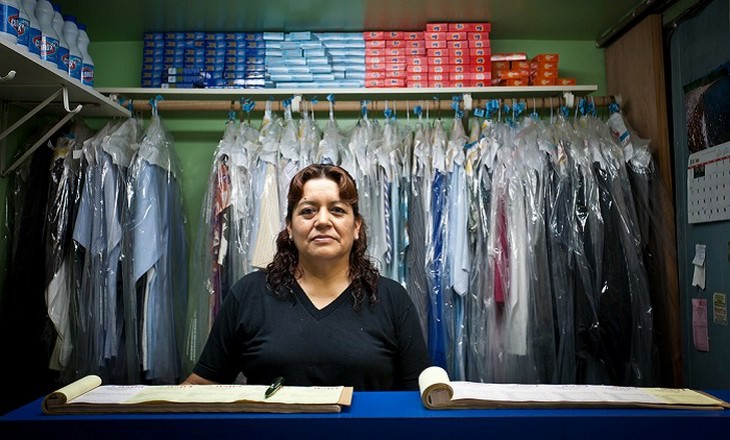
Many pests enjoy setting up camp on our four-legged friends, which is why most of us buy different products to kill those unwanted visitors. But we need to pay attention and be very alert when choosing tick a flea repellents because, as in the case of our detergents, there are various carcinogenic chemicals that may be present in them, as well as in products that treat children's head lice.
Products containing chemical substances such as permethrin or organophosphates are probably carcinogenic and dangerous for humans. Therefore, you have to be very stringent when choosing these products. Additionally, you can take care of head lice naturally, repel bugs, and take care of your dog and cats flea problem without chemicals.

There are quite a few people who use talcum powder in their sneakers or socks to prevent unpleasant sweating or odors, and quite a few mothers put it in baby diapers to prevent rashes. This is why it is important that you know what substances you should be wary of on its label. You should avoid buying talc that contains asbestos fibers, found to be unsafe by the US Food and Drug Administration, as it increases the risk of ovarian cancer and lung diseases.
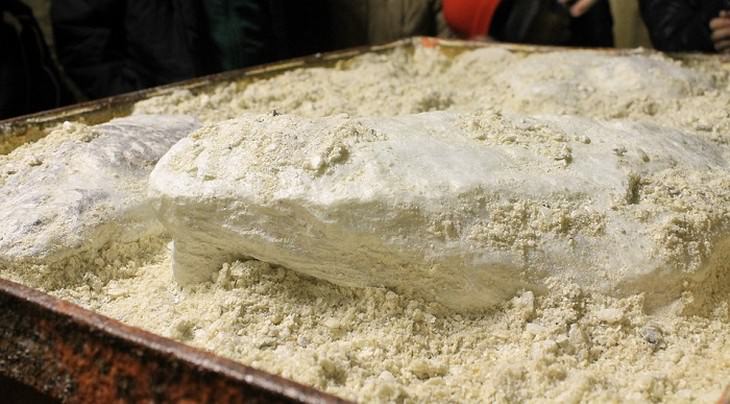
From time to time we want to liven up the walls of our house and give them a fresh and clean look, and a good way to do this is by painting them. But the most common problem with paint is the volatile compounds it contains. As paint begins to dry, the chemicals "escape" into the air and this may continue for several years after painting.
People who work or live in an area that has just been painted can breathe in these chemicals, which can cause a variety of health problems such as headaches, dizziness and other severe symptoms. Because of these problems, paints that contain less volatile compounds have become more desirable, and you should look for these paint options.

Several years ago, the US Environmental Protection Agency found a carcinogenic substance called PFOA inside Teflon cookware. Agency officials added that Teflon secretes toxic substances and gases at high temperatures, which can lead to various diseases and even cancer. However, it's important to note that if you keep your Teflon cookware in good condition and undamaged, you can continue to use it, but at the same time, avoid long or high-temperature cooking.

We generally tend to put our trust in antibacterial products that are supposedly designed to make our environment as safe as possible. However, in many cosmetics and hygiene products, including soaps and toothpastes, a substance called Triclosan, registered with the US Environmental Protection Agency as an insecticide, has been found, and it may be carcinogenic. Although initial experiments on the subject have only been done on mice so far, they have raised enough concerns to ban the use of products containing this substance in EU countries.
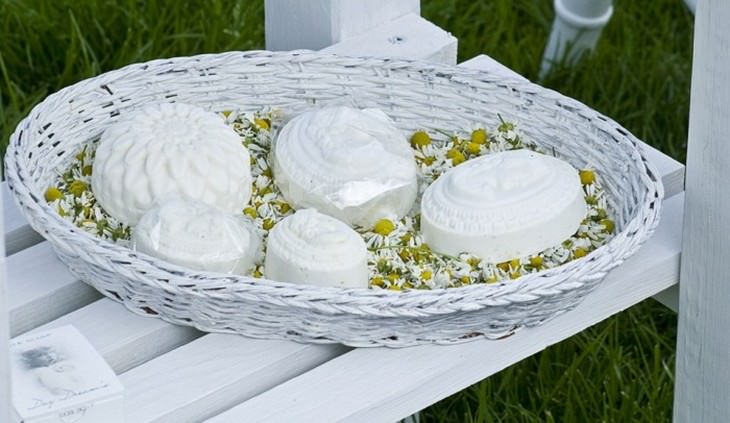
Most of us are careful to apply deodorant every day to reduce armpit sweat and keep our bodies smelling nice, and there are countless different types which offer different smells and textures. Despite the rich selection and tempting offers that make us choose a certain type of deodorant, it's important to know that antiperspirant products, which contain aluminum salts, may promote the growth of cancer cells in the body and may cause breast cancer.
It should be noted that this information is not conclusive and that other studies contradict this claim, but in any case, if you decide to reduce the use of antiperspirant deodorant, you can replace it with coconut oil.
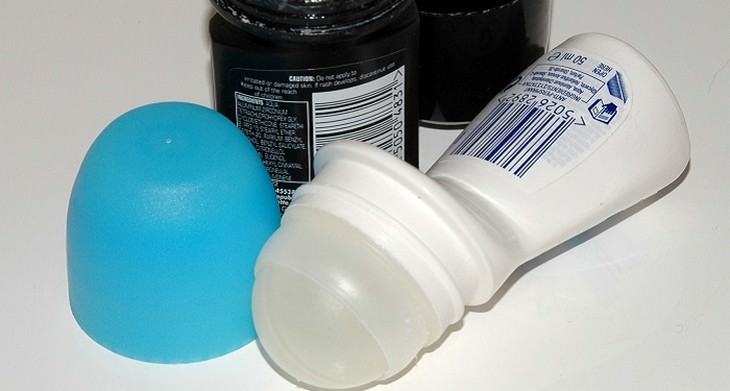
Another dangerous and poisonous product that may be in your home comes disguised as scented candles. Although the US Consumer Council banned the sale of lead wicks, you should carefully examine the candles in your home to rule out the possibility that they contain this dangerous substance.
A simple way to check if your candle contains lead requires only a piece of paper. Hold the candle in such a way that you can rub the wick on the piece of paper, and if it doesn’t leave a mark on the page, it probably doesn’t contain lead. If you find that the candles in your home are not safe, you can easily make an orange candle, and enjoy its wonderful taste, its pleasant smell, and its bright light.

The list of products above is only a fraction of the products that you think are safe, but might actually be causing harm to you and your family. The article is not intended to instill fear or apprehension, but to raise awareness and help you make the smartest choices while purchasing or preparing items to be used in your home.
image source: Yung GrassHopper Matt Donnie Ray Jones How can I recycle this